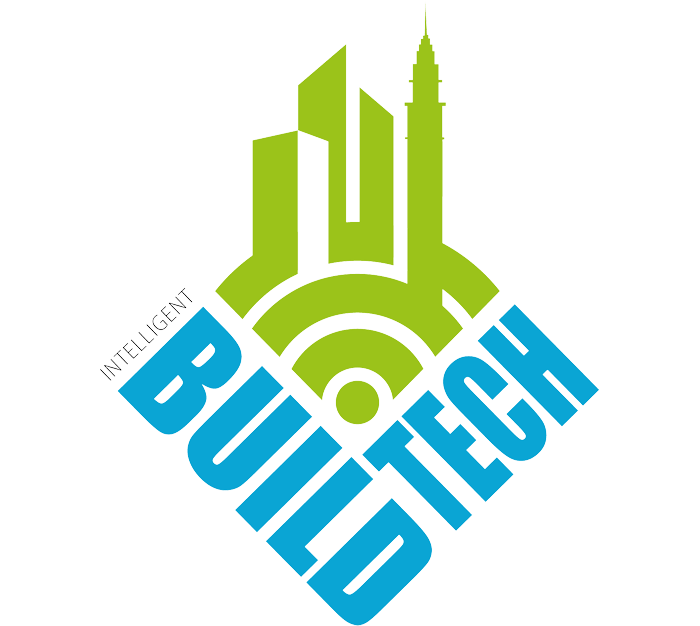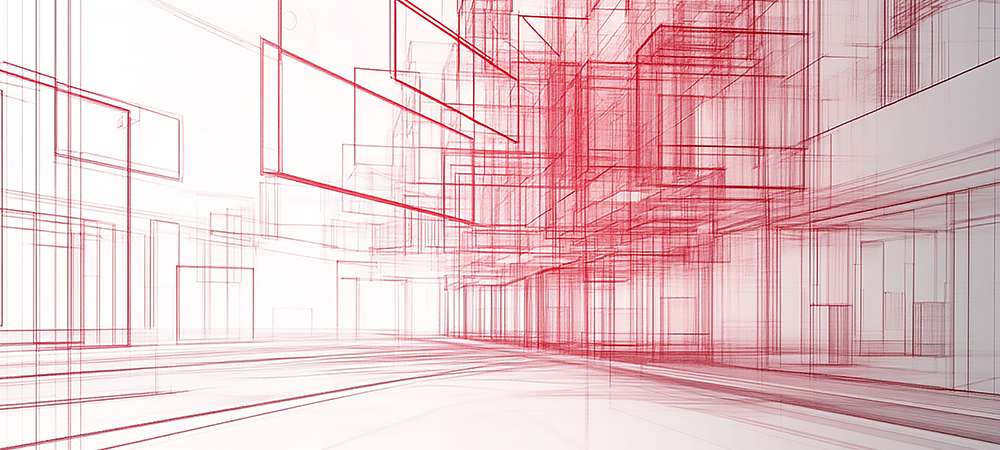Global design and BIM software provider Vectorworks, has released its latest report, offering insights from hundreds of professionals into what the future holds for the AEC industry. The ‘Digital Technology Trends in the AEC Industry’ report highlights the ongoing development of Building Information Modelling (BIM), Artificial Intelligence (AI), Augmented Reality and Virtual Reality (AR/VR), and sustainable design analysis tools.
To produce the report, over 500 current AEC professionals were surveyed on their opinions of technology trends in the industry. Since firms of fewer than 50 employees make up 90% of the industry, gathering insights from these practitioners allowed Vectorworks to create a more accurate picture of the prevailing perceptions of technology trends.
The largest group of respondents were architects, with additional responses from interior designers, structural engineers, space planners and mechanical/electrical/plumbing (M/E/P) engineers.
Some of the report’s key findings concerning BIM, AI, VR, AR and sustainable design analysis include:
- AEC professionals rated BIM as the most prevalent digital technology in the industry today.
- Practitioners are aware that AI needs to evolve and become more bespoke before it reaches the same prevalence as BIM.
- A lack of training is the most significant barrier to the adoption of every digital trend (except AR and VR).
- Respondents expect every trend to be more widespread in the industry over the next decade.
- Notably, 62.5% of respondents said they planned to adopt at least one of these trends in the next five years.
BIM is here to stay
BIM is expected to continue growing in popularity and importance over the next ten years, according to the report. This is likely due to its high return on investment (ROI) and significant client interest.
“BIM is the cornerstone of modern AEC innovation, transforming how we design, build and collaborate,” said Vectorworks Senior Product Marketing Director, Rubina Siddiqui, Assoc. AIA. “Centralising data and fostering seamless communication empowers teams to create smarter, more efficient and sustainable projects, making it the most essential technology in our industry today.”
Survey results indicate that 68% of respondents have already adopted BIM, with 65% of those adopters reporting that BIM was currently delivering the most ROI. Among non-BIM adopters, 38% plan to adopt BIM within five years. Additionally, 35% of respondents noted that clients have specifically asked about incorporating BIM into their projects.
The rise of Artificial Intelligence
AI has seen a rapid increase in adoption recently, and most professionals believe its significance will only continue to grow.
With a low barrier to entry, design professionals can take advantage of AI solutions like Vectorworks AI Visualiser without dedicating significant time or other resources to reap their benefits.
Just over 50% of survey respondents felt that AI is moderately to extremely prevalent in the industry today. In contrast, 34.8% viewed it as slightly prevalent, and only 14.2% considered it not prevalent at all. However, when asked about AI’s anticipated prevalence in ten years, 86.2% predicted it would be moderately to extremely prevalent, with only 9.8% expecting slight prevalence and 4% predicting no prevalence.
Adopting Augmented Reality (AR) and Virtual Reality (VR)
Unlike AI, AR/VR adopters reported that embracing the technology was relatively resource-intensive, often requiring new software, hardware and training to unlock its benefits.
Survey results revealed that of adopters, 57% required new software for their adoption process, 50% required employee training, 50% required new hardware, and 40% required a change in their project requirements. Additionally, 11% noted that other resources or changes were necessary for successful adoption.
The expected rise in sustainable design analysis
Sustainability is a growing concern, and sustainable design analysis technology, such as Vectorworks’ Embodied Carbon Calculator (VECC), aims to help the world reach its sustainability targets.
As deadlines for climate strategies such as the AIA 2030 Commitment approach and the RIBA 2030 Climate Challenge near, it is encouraging to see that almost half of all respondents who have not yet adopted sustainable design analysis technology plan to do so within the next five years—the highest percentage of any trend highlighted in the report.
Why these trends matter
These trends offer a crucial glimpse into the future for architects, interior designers and other professionals. From the continued dominance of BIM to the rise of AI, AR/VR and sustainable design analysis, the AEC industry is evolving rapidly to meet the demands of clients, projects and sustainability goals.
While hurdles like training and resources may slow adoption for some, the overwhelming eagerness to embrace these technologies underscores a commitment to innovation and progress. By staying up to date with these trends, professionals can position themselves and their firms to deliver cutting-edge solutions that exceed expectations.
“As outlined in this report, we are reaching a point where adopting new technology is non-negotiable,” said Vectorworks CEO Dr Biplab Sarkar. “This is a complex challenge. How do you embrace new technology when implementing it comes at the cost of daily billable work? This challenge influences every step of our development process at Vectorworks – we strive to deliver effective digital technology solutions that meet the needs of today while ensuring these solutions easily fit into day-to-day work.”




